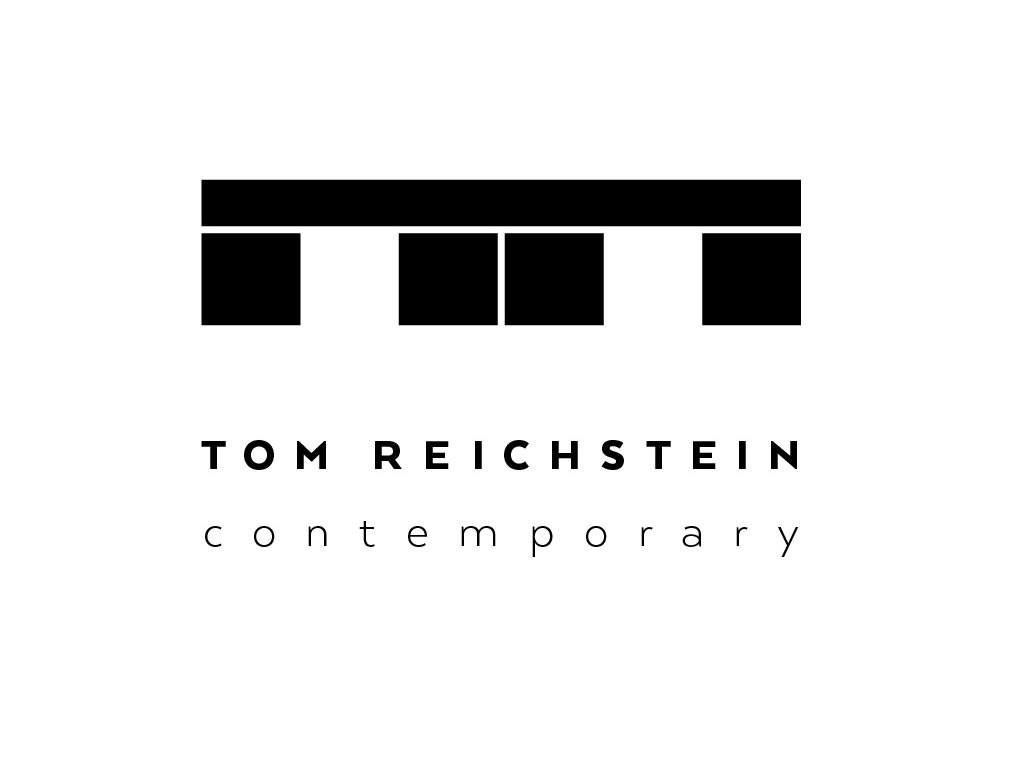Alejandra Caicedo (Cali, Colombia, 1996) belongs to a generation of artists whose work must be read not merely as an aesthetic practice but as an existential negotiation. In her painting, sculpture, and urban art, migration does not become a theme but rather a condition of the image itself. Her works emerge from a double tension: between memory and uprooting, between the longing for belonging and the experience of radical otherness.
The series Problems in Paradise exemplifies this movement. What at first appears to be a gentle, pastel-colored surface quickly opens into a dissonant topography marked by fractures. The “paradise” - as a Western promise of stability and opportunity - is not fulfilled in Caicedo’s work but questioned. It remains as an empty space, a painful illusion. Exile here means not only loss but also transformation: the dissolution and reinvention of the self under the conditions of constant negotiation.
Caicedo manages to intertwine the idyllic with the dystopian. The tenderness of her colors collides with an unmistakable hardness. Her visual worlds refuse harmony and exist precisely in conflict. In this lies their relentlessness: beauty here is always imbued with rupture, fragility, and grief.
In this sense, Caicedo’s work speaks less of migration as a social phenomenon than of migration as a state of perception. Her images are places of in-betweenness - not home, not arrival, but a fragile present that is as brittle as it is necessary. Thus, she gives the discourse on migration a radically subjective, uncompromisingly personal dimension that transcends the documentary.
Caicedo shows: the promised paradise is no paradise at all. Yet within the process of disenchantment lies the possibility of a new, more honest form of belonging - fragmented, vulnerable, but unmistakably real.

